In 2020, new rally talent will evolve behind the wheel of this Peugeot 208 Rally 4 , developed since the summer of 2018 in Versailles, by Peugeot Sport, for the new category created this year by the International Automobile Federation. The 208 Rally 4 is an evolution of the predecessor 208 R2, which became the most commercially successful rally car ever with over 500 units sold since 2012.
Peugeot has a long tradition in rallies, both as an official team and with schools of young drivers, some of whom are raised to world stardom after attending the promotion categories such as launching pad.
Following the involvement of Simca in the 70s and Talbot in the beginning of the following decade (both from the universe of brands of the French Group), Peugeot created a pilot school that came to be seen as a reference between the 90s and until 2008 A promotion formula that has helped to develop the talent of several young aspiring drivers, some of whom have reached the heights of the world.
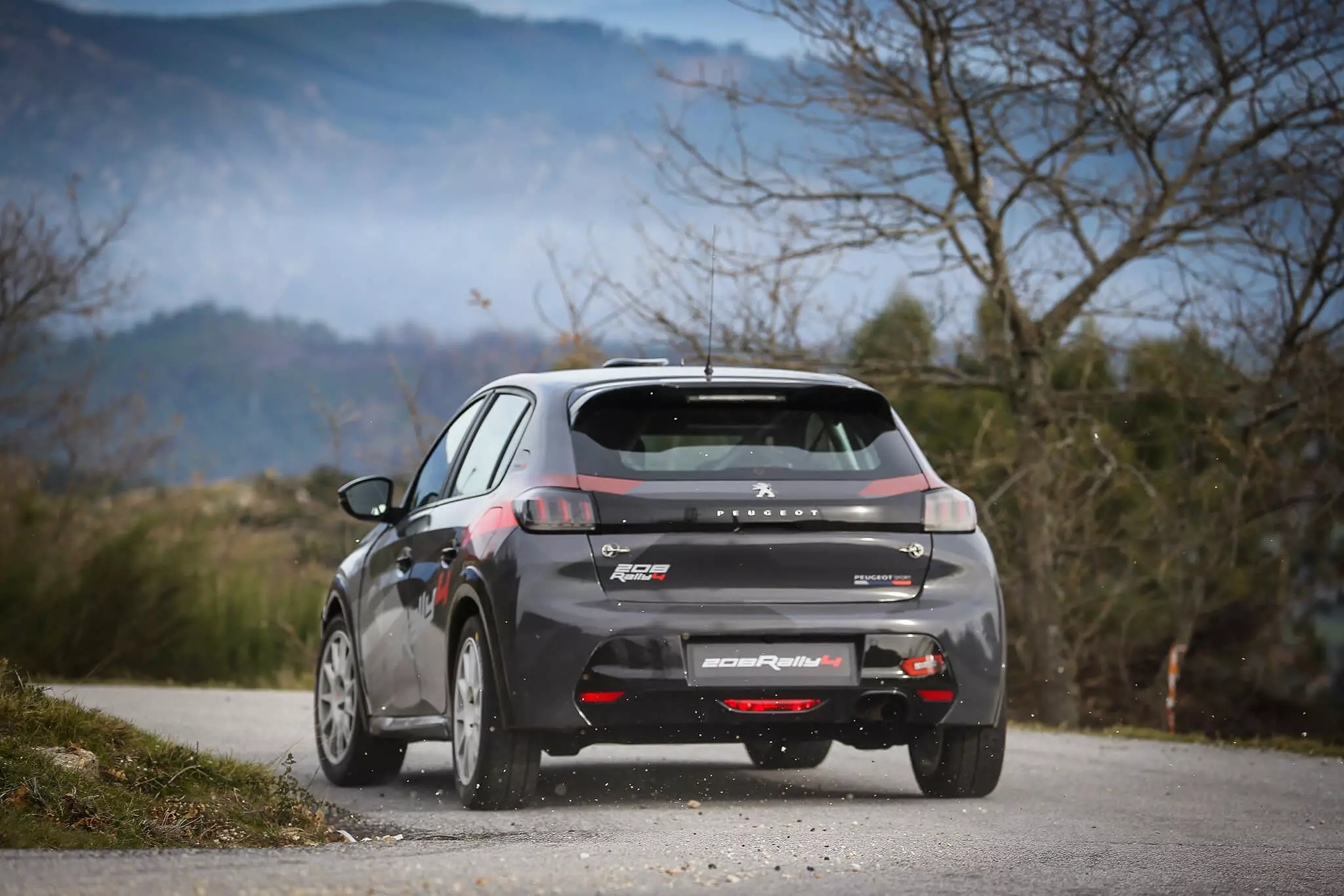
Two years ago, the French brand decided to recreate this initiative, which is now called Peugeot Rally Cup Ibérica, which means that it involves teams, drivers and events in Portugal and Spain, but with the same basic philosophy: that of serving as a ramp for launch for new talent, some of whom have aspirations of making it to the rally world (WRC) of the future.
Subscribe to our newsletter
Even before the start of the 3rd season of the Peugeot Rally Cup Iberica I had the opportunity to drive the new Peugeot 208 Rally 4, although not exactly on a pure and hard rally section, but on an oval track with a very uneven surface and with some weeds to give a certain air of rally testing. This is the Terramar circuit, which is south of Barcelona, in the town of Sitges, and was the stage for the first Spanish car and motorcycle GP, shortly after its inauguration, in 1923).
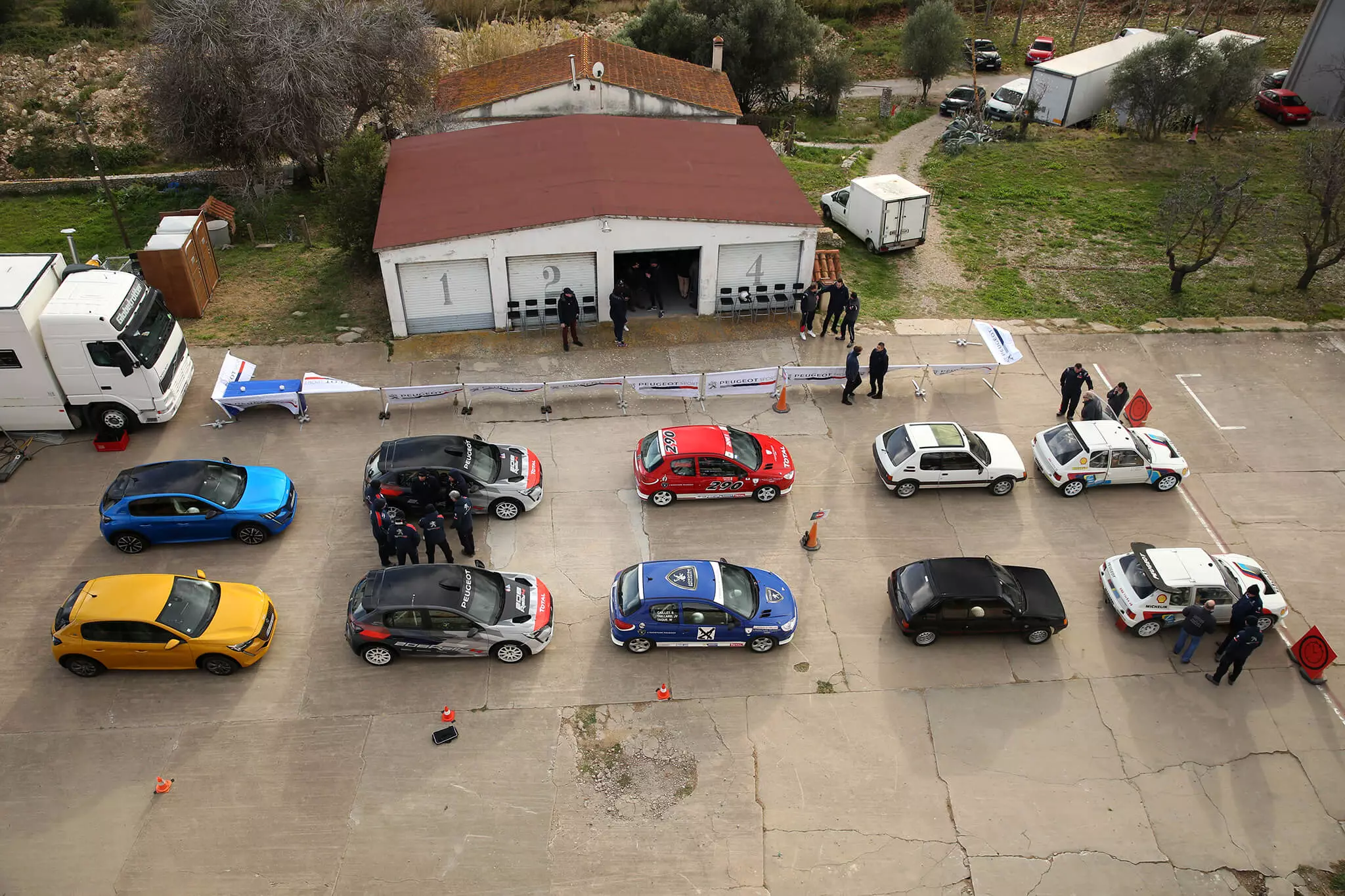
Peugeot Rally Iberica
For the new season, the single-brand trophy provides the winner with an official program for 2021, in the Portuguese Rally Championship or in the Spanish Superchampionship of Rally, driving a Citroën C3 R5. The bar was thus quite high, when in the two previous seasons it was only possible to carry out a rally with an "R5" from the PSA Group. Thus, the route for young aspiring drivers to reach the top of the sport becomes more linear, starting with the 208 Rally 4 at trophy level, followed by the program with a model for the 'Rally 2' Group, antechamber of the WRC's top category, the 'Rally 1' group.
It was just two laps, with an experienced driver as co-driver (in this case Jean-Baptiste Franceschi, champion of the 208 Cup in France), that allowed us to draw some conclusions regarding the behavior of Rally 4, at moderate paces and then already a lot more spirited (two more laps, albeit shorter), when we changed bacquet. The experience was also followed by moments of driving historic Peugeot rally cars — like the T16 or the S16 — but also the original 205 GTi and the brand new 208 electric.
Less cylinders, more power
The “war paints” are what immediately differentiate the Peugeot 208 Rally 4 from the production car, especially as there are no large aerodynamic appendages to help the car stick to the road (the level of power and performance is moderate, for a race car).
Inside there's not much to look at because besides the huge handbrake levers and the five-speed sequential gear selector (SADEV). Everything else is bare and raw, both on the doors and on the dashboard itself, which boils down to a small box with half a dozen basic functions (ignition, window control, horn, demisting, etc.)

And, of course, the two solid drumsticks with reinforced side support and five-point harnesses and the steering wheel lined in a kind of suede, in both cases signed by Sparco, an experienced manufacturer of special racing equipment.
“In addition to using a new platform, the Rally 4 differs from the R2 because it received the 1.2 l three-cylinder supercharged engine to replace the 1.6 l atmospheric one”, explains Franceschi (the decision is based on the FIA's change in regulations which banned engines above 1.3 l in this category).
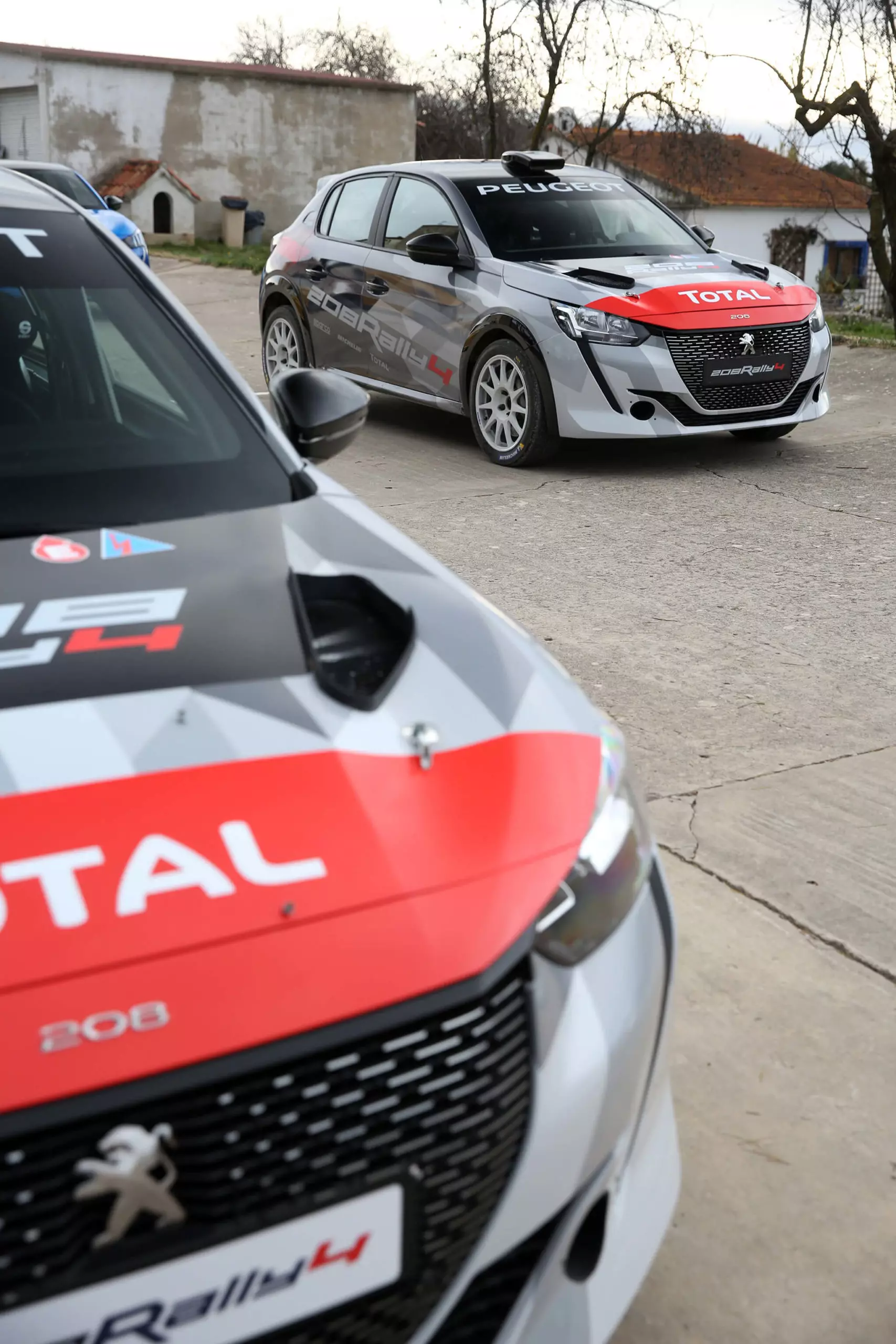
That's why the power could increase from 185 hp to 208 hp and the torque from 190 Nm to 290 Nm , allowing us to foresee performances of a naturally higher level, even losing a little of the drama of the atmospheric engine that managed to get very close to 8000 rpm. This three-cylinder engine is, in fact, the same as the road car, except that a bigger turbo was applied here, in addition to a more “pull” management by Magnetti Marelli, which was decisive for the power to jump from the 130 hp of the 208 1.2 standard for these 208 hp (and the impressive specific power of 173 hp/l).
Other important information to remember: the brakes are, of course, more powerful, a self-locking differential is used in this front-wheel drive car and adjustable shock absorbers from Ohlin, the dry weight of the Peugeot 208 Rally 4 being 1080 kg, in order to respect the limit 1280 kg defined by the FIA (already with driver and co-driver on board and all the necessary fluids for the car to ride).
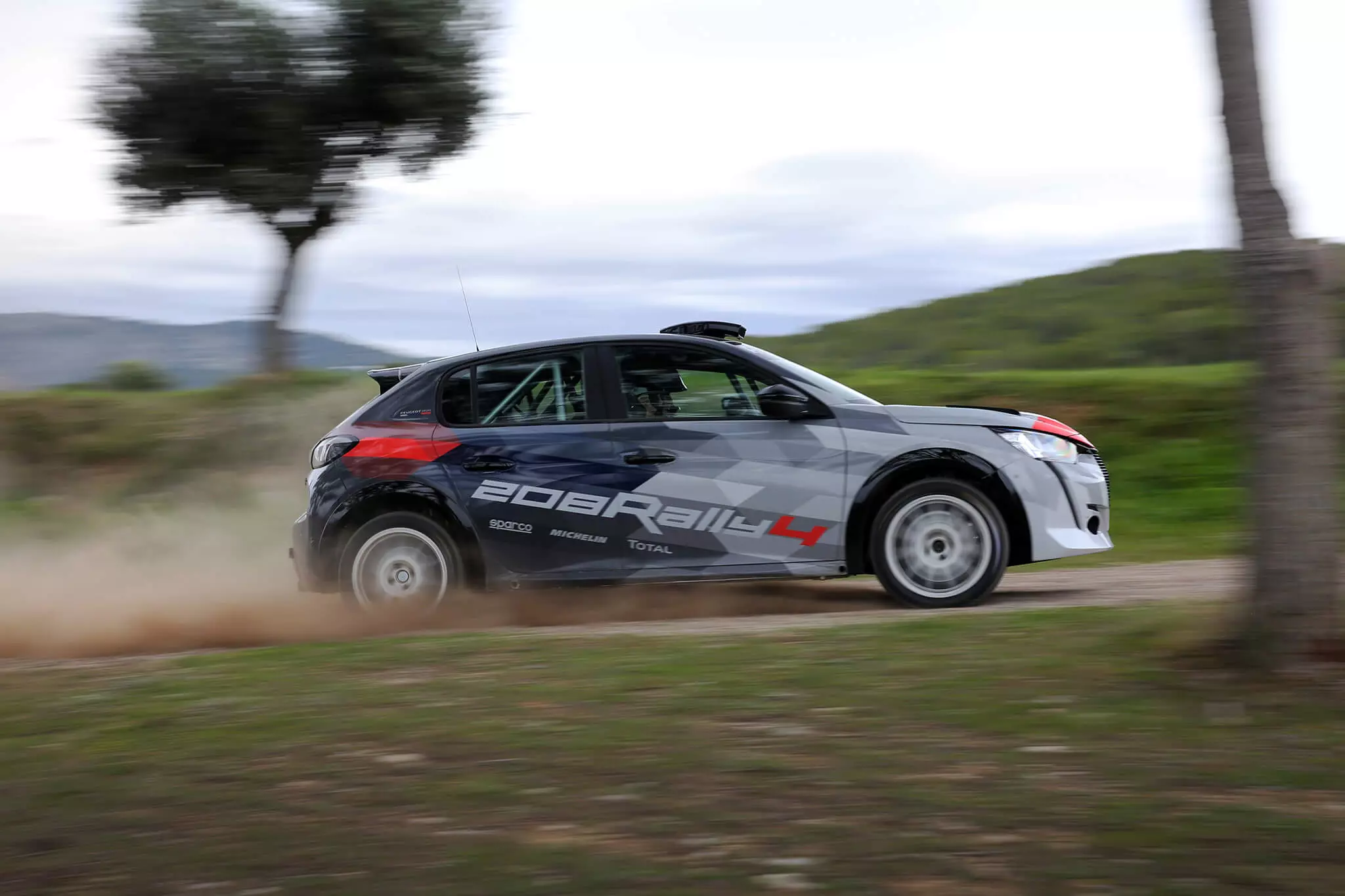
easy to guide
The stiff thumb of Franceschi's left hand authorizes me to wake up the engine, which immediately shows a thickened tone of voice that is much more present in the cockpit than the 208 we come across daily on our roads. The clutch (heavy…) only serves to engage the 1st gear and from there, just pull the lever to go up the gear count and speed up to the first set of pins to make successive curves.
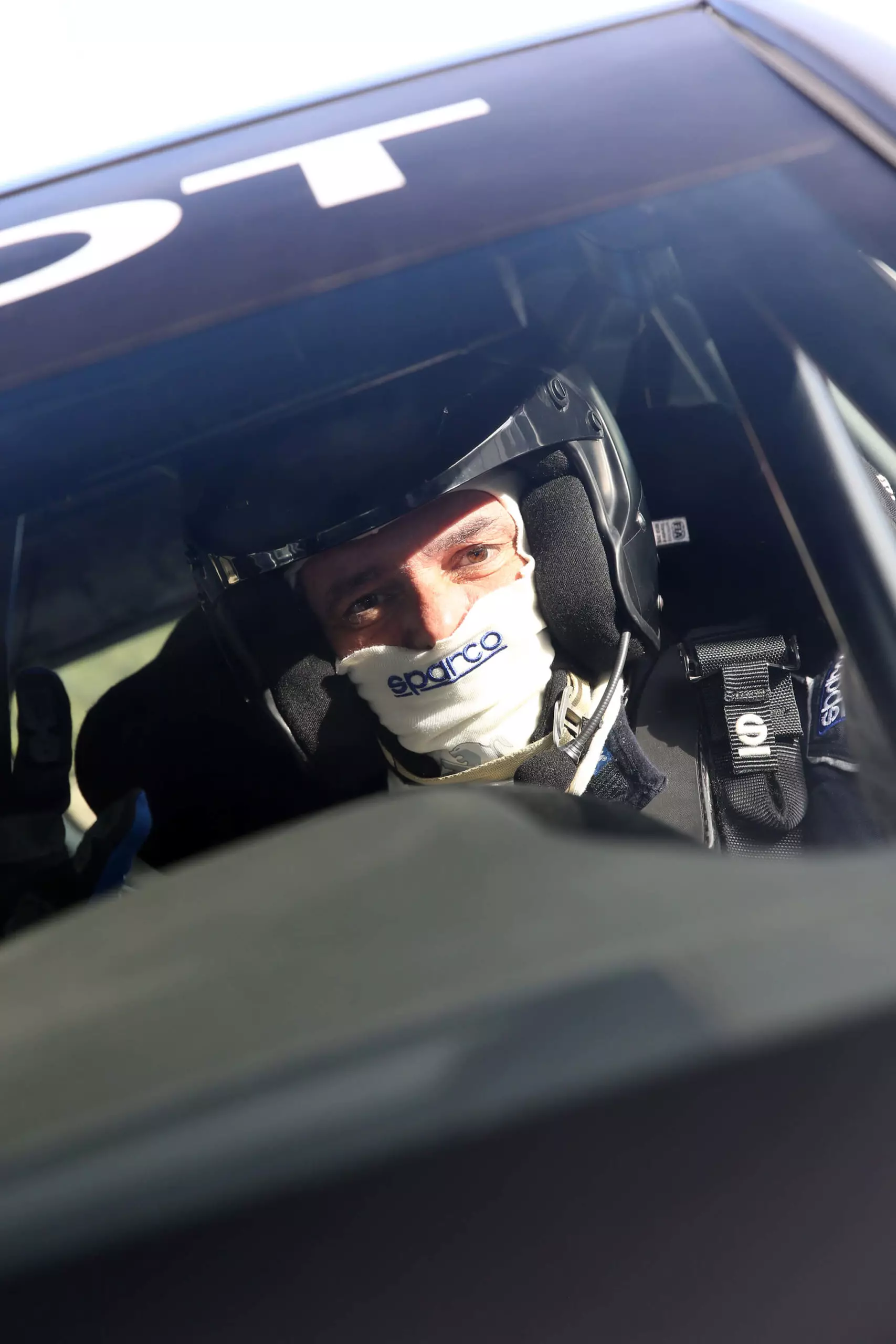
2020: 3 rallies in debut
The calendar includes a total of six races (as the global health situation allows), divided between land and asphalt rallies, three in Portugal and three in Spain, some of them premiering: the Madeira Wine Rally (August) — also scoring for the European Rally Trophy (ERT) and for the Iberian Rally Trophy (IRT) — ; the ATK Rally (Spanish León & Castile region, end of June); and the iconic Rallye Vidreiro Centro de Portugal Marinha Grande (October).
The steering is very direct so that serious drivers don't have to do excessive arm movements, but there's the feeling of ease of control of the car, at least at moderate paces — the idea is to understand how the car steps on the asphalt, not try to beat the record back in Terramar… Also because with a price of 66 000 euros , plus taxes, the 208 Rally 4 is not exactly a bargain and beside me there is someone much more qualified for this feat to fly softly in the oval with maximum slopes of 60º, if that was the idea.
Accelerator and brake pedals are quite stiff that combine with the manly but intuitive driving, which highlights the agility of the engine's response from the initial regimes, in a successful combination of the car's light weight, supercharging and prompt response typical of only engines three cylinders.
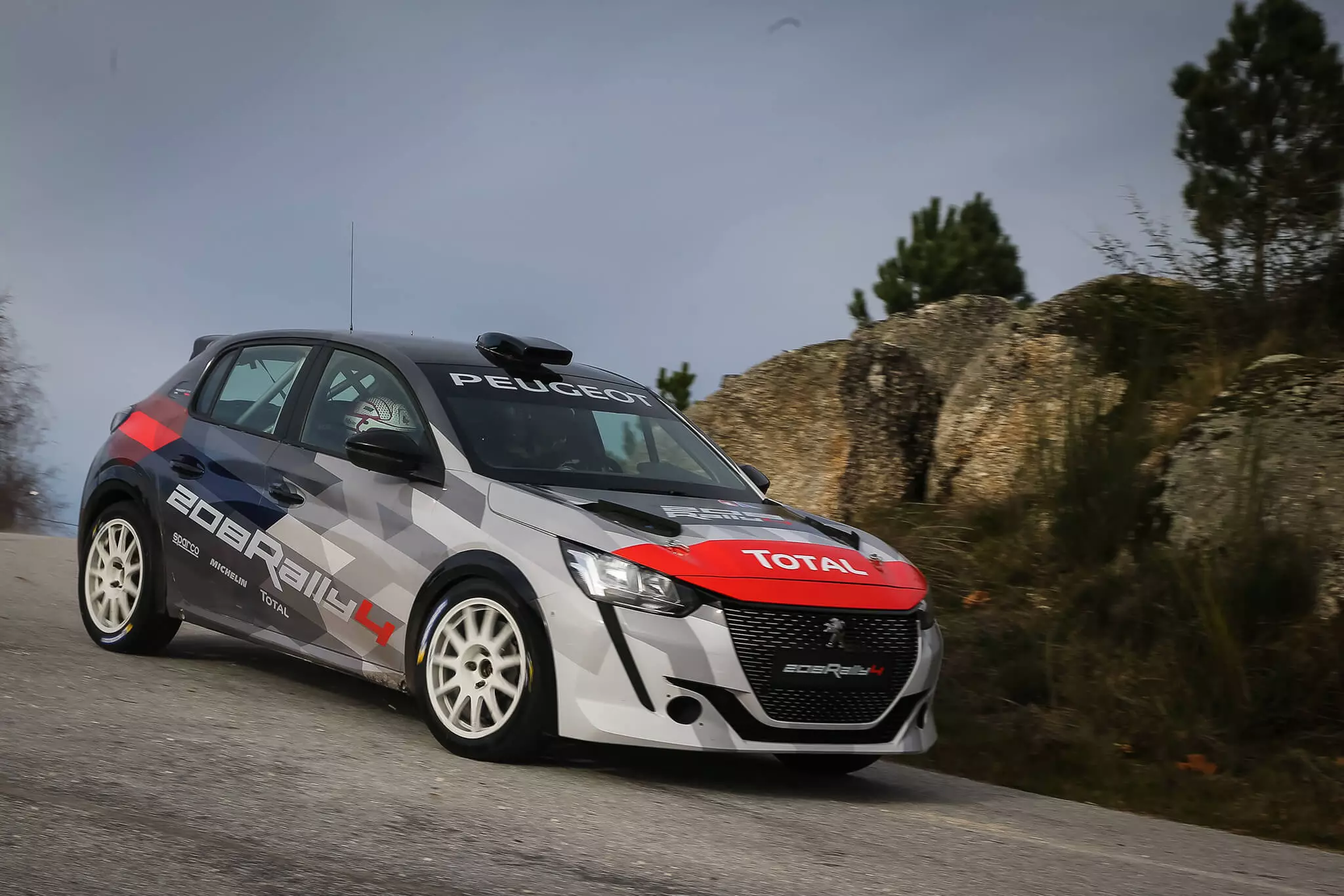
Or tremendously fast and effective
Of course, when Franceschi took the wheel, what had seemed to me to be promising performances and competent handling gave way to a really very effective overall response from the chassis, even at a blistering pace, with room for some “crossovers” caused by the Peugeot Cup champion of France 2019, to inflate the artistic (and technical, by the way…) note:
“Overall the car was much less nervous than the R2 and easier to drive. It's about reaching the curve, braking hard, turning the wheel and accelerating at full speed and everything comes out as natural as possible, which is important because many of the drivers will be amateurs and/or inexperienced”.
Pilot word.
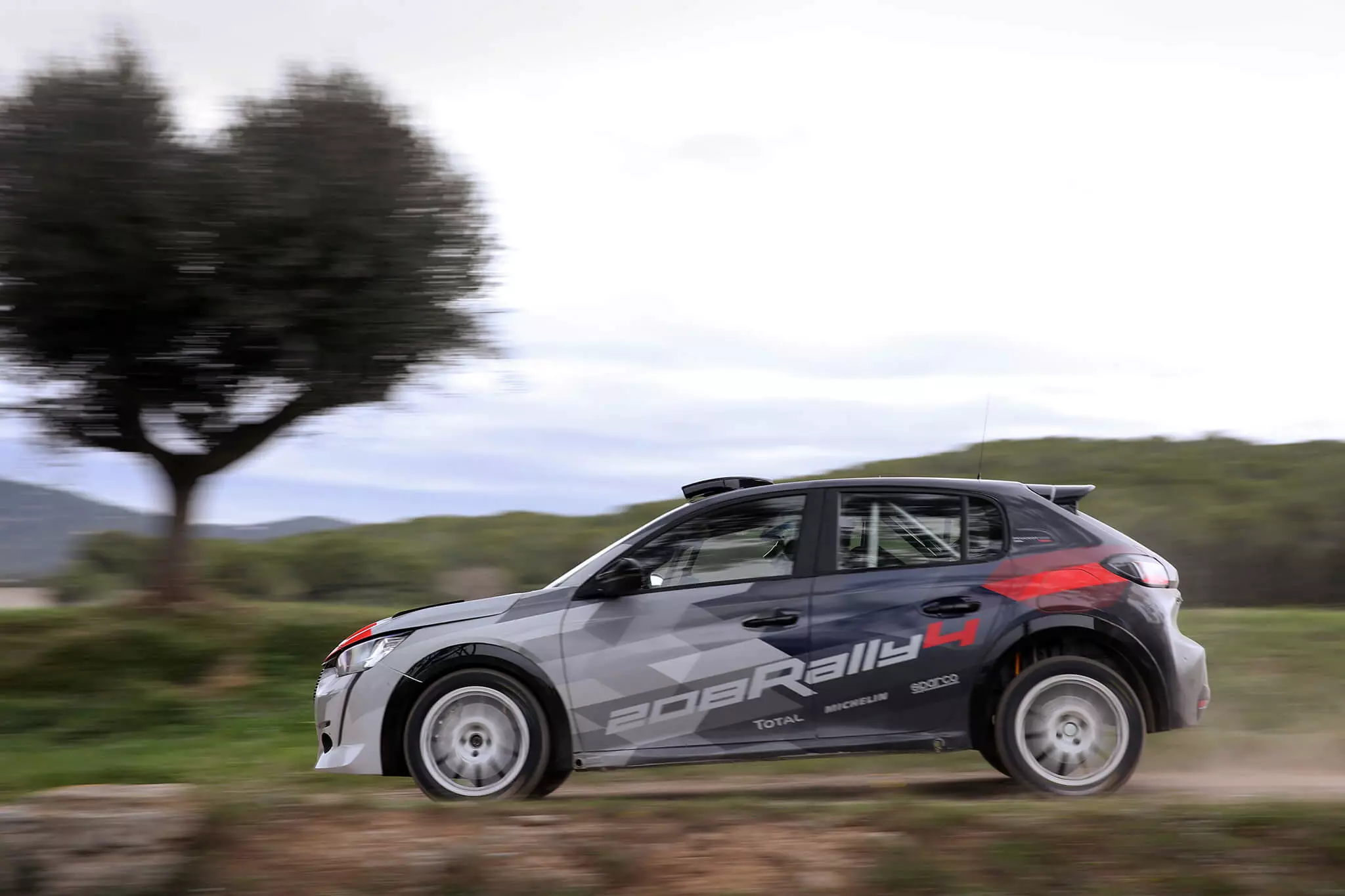
Peugeot 208 Rally 4 Specifications
| PEUGEOT 208 RALLY 4 | |
|---|---|
| BODYWORK | |
| Structure | Peugeot 208 monocoque, reinforced with a welded multipoint protection arc |
| bodywork | Steel and plastic |
| MOTOR | |
| Type | EB2 Turbo |
| Diameter x Stroke | 75mm x 90.48mm |
| Displacement | 1199 cm3 |
| Power / Torque | 208 hp at 5450 rpm/290 Nm at 3000 rpm |
| specific power | 173 hp/l |
| Distribution | Double overhead camshaft, 4 valves. per cil. |
| Food | Injury right piloted by Magnetti Marelli box |
| STREAMING | |
| Traction | Forward |
| Traction | Forward |
| clutch | Double ceramic/metallic disc, 183 mm diameter |
| Speed Box | 5-speed SADEV sequential |
| Differential | Mechanic with self-blocking |
| BRAKES | |
| Front | Ventilated discs of 330 mm (asphalt) and 290 mm (earth); 3-piston calipers |
| back | 290 mm disks; 2-piston calipers |
| handbrake | Hydraulic command |
| SUSPENSION | |
| Scheme | MacPherson |
| shock absorbers | Adjustable ohlins, 3 ways (compression at low and high speed, stop) |
| WHEELS | |
| rims | Speedline 7×17 and Speedline 6×15 |
| Tires | 19/63-17 and 16/64-15 |
| DIMENSIONS, WEIGHTS AND CAPACITIES | |
| Comp. x Width x Alt. | 4052mm x 1738mm x 2553mm |
| weights | 1080 kg (minimum) / 1240 kg (including riders) |
| Fuel deposit | 60 l |
| PRICE | 66 000 euros (plus tax) |
